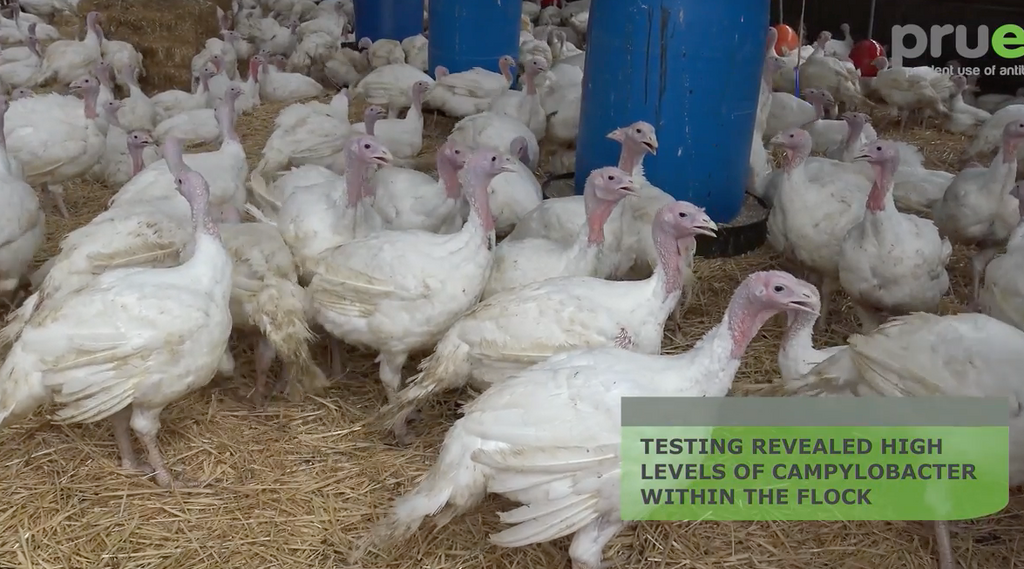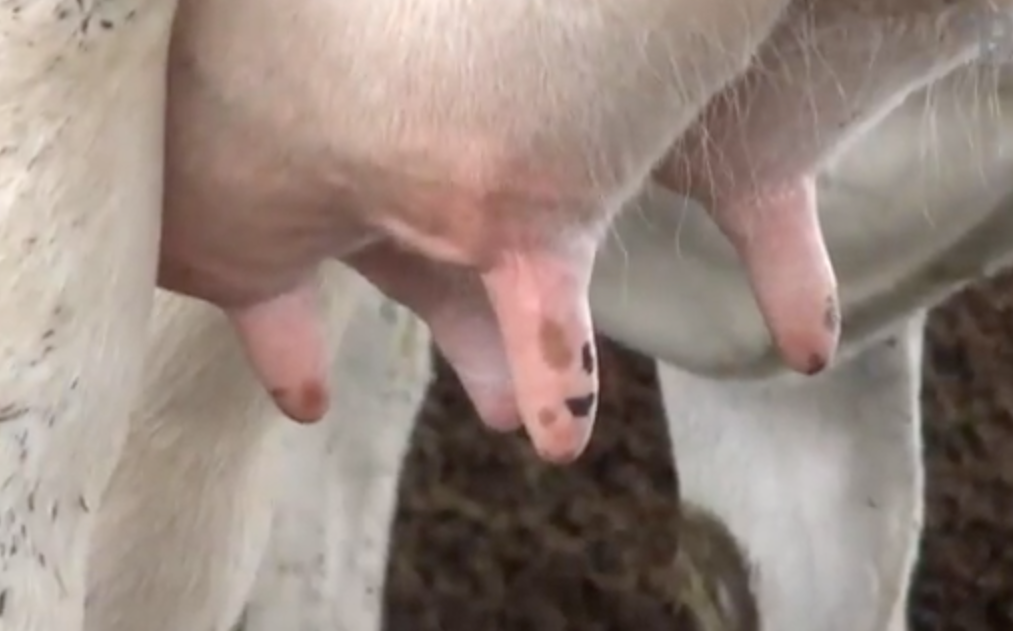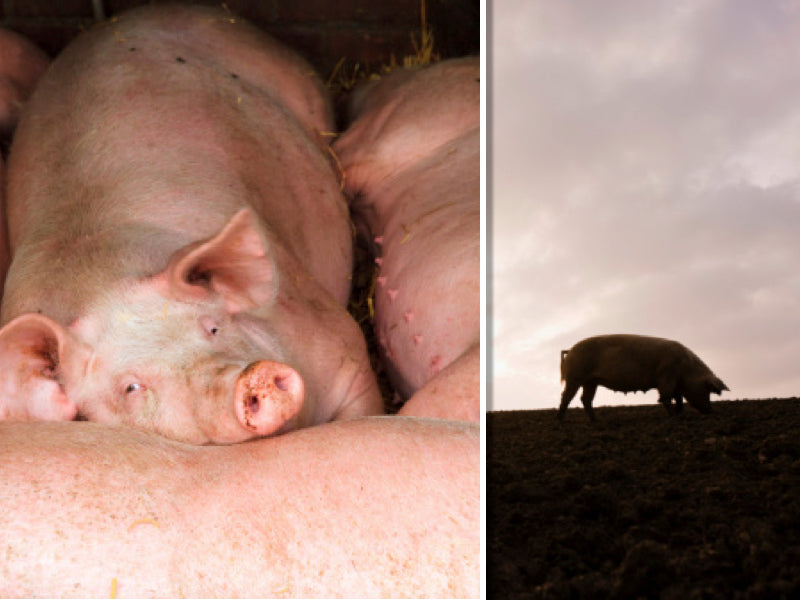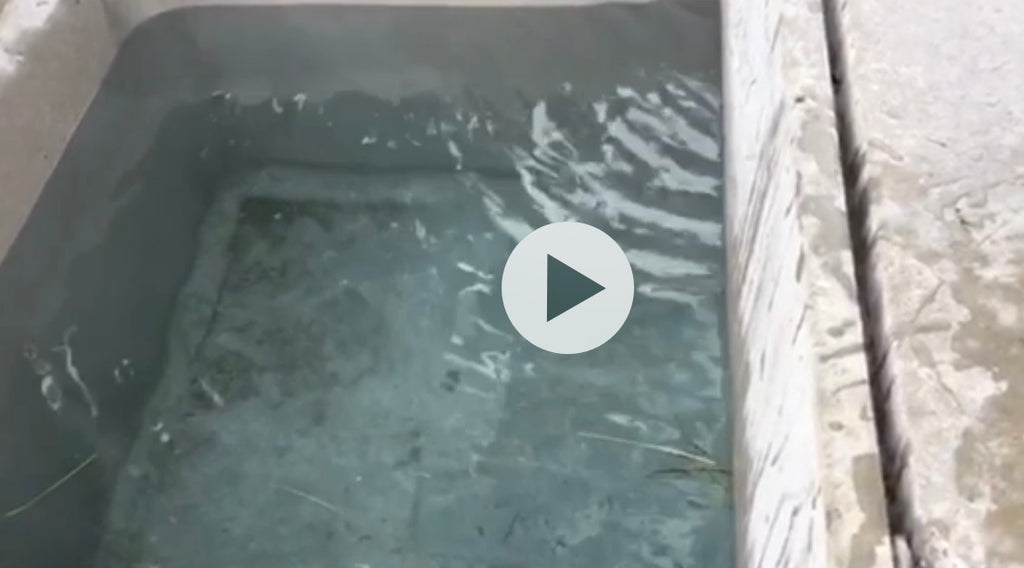News
Exceptional efforts in improved animal welfare help reduce disease risk
Even on high welfare units, disease can be problematic. In this video, Stephen Conisbee discusses how he has further improved husbandry from an already elevated position to benefit from less disease.
Turkeys and buildings were contaminated with Campylobacter. Based on advice from vet Rob Drysdale, the farmer contacted Pruex looking for an alternative to antibiotic treatment. Having improved hygiene by using AHS as a fog on litter, and Water Plus to treat water lines, within two weeks, no campylobacter was found within the buildings, the processing plant nor bird carcasses.
Three month old purchased calves would typically be given an antibiotic due to pneumonia issues. By using Pruex on bedding and water, there has been a significant reduction in pneumonia cases and increased production as a consequence. Pruex has helped ensure prudent as opposed to excessive antibiotic use, and would like to thank Rob Drysdale for inspiring positive change in agriculture.
Reducing the need for antibiotics in the dairy sector
Biofilm on cow teats can be problematic for dairy farmers. Better management in terms of reducing biofilm on cows teats can reduce infections during the milking process, and hence reduce the need for antibiotics.
Lameness is another big problem for cows. Typically, the bacterial infections of the feet are treated with either antibiotics or biocides.
This video illustrates how Pruex has developed new protocols th help reduce the need for antibiotics within the dairy sector.
Reducing the need for antibiotics in the pig sector
Clean air, water and bedding are essential elements needed to reduce the need for antibiotics within the pig sector. The video below demonstrates how attention to detail by Pruex is helping the pig sector reduce the need for antibiotics. Healthy environments for healthy pigs.
Keeping animals healthy by providing Pruex grade water
Providing water that is free of toxin producing biofilm is very important for animal health. If there is no biofilm in pipes and troughs, then, the animals won't be fighting toxins or toxin producing bacteria. The video below shows two types of water provided to dairy cows. The first has no biofilm, the second and third trough are contaminated by toxic biofilm.
Pruex works with farmers to help eliminate biofilm from the water they give their animals.

Putrid water increases risk of infection
Less toxins in water equals less mastitis
Reducing antibiotic use requires less bacterial infections. Allowing animals to drink water from troughs and pipes laden with toxic biofilm increases the risk of infections. Pruex works with farmers to ensure clean water for animals. This video shows how Pruex has helped reduce infective pressure on cattle by removing biofilm.
Toxins from water system biofilm making cows sick
An iron biofilm, full of toxin producing bacteria puts considerable pressure on livestock. This video shows the effort needed to brush away biofilm. This trough was last cleaned with a brush, three days earlier.
Maintaining milk yield during drought
The effect of getting rid of toxic biofilm from troughs and pipes is becoming more apparent during the current drought conditions.
These images show a manganese based biofilm within pipes on a dairy farm. The bacteria that have caused it produce toxic enzymes which taint the water.
Pruex was asked to help with this issue.
Treatment with Water Plus from Pruex has cleaned the pipes. They are no longer dominated by biofilm forming, toxic enzyme producing bacteria. The troughs have cleaned up, and water intake has remained high by cows and young stock. They graze during the heat of the day, frequenting the water trough often.
Milk yield hasn't dropped, despite the grazing platform being visually short of grass.
Water is a very important component of the cows' diet. Pruex works with farmers to limit the risk of infections from toxic bacteria.
Antibiotic reduction in the pet sector
Removal of biofilm from surfaces close to newborn animals is very important in reducing the need for antibiotics.
No soil on housed cattle feet
When cattle are housed, access to soil on feet is replaced by faeces. This can cause different types of foot disease. Lameness is reputed to be the greatest drain on dairy cow margin generation.
Post turnout, when cattle graze, and get soil or dust coverage on their feet, typically, if stocking rates are correct and pastures and walkways are not contaminated, their feet disease issues like digital dermatitis subside. Constant feacal bacterial contamination of the foot can lead to many cow foot problems.
Pruex AHC Foam applies soil type bacteria to the cows feet in a similar way to what happens naturally when the cows graze.
Marcus Hunt, a dairy farmer discusses the issues he had with his cows' udders and feet.








